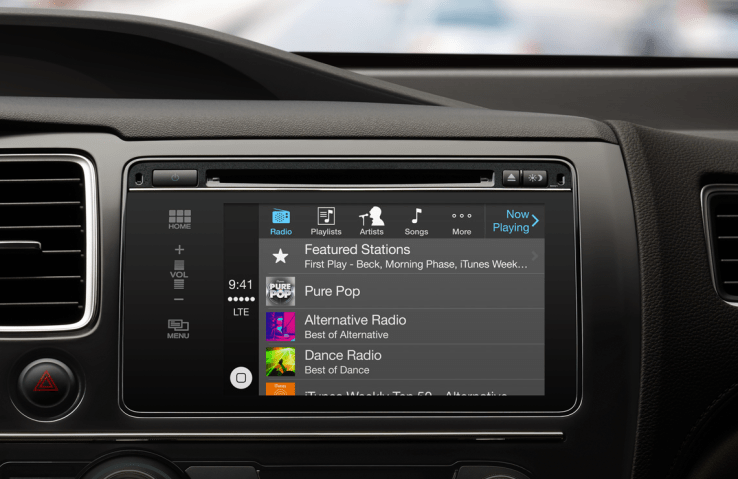
Apple is working on a car, according to the Wall Street Journal. The Mac maker kicked off a top-secret project to develop an electric car with a minivan aesthetic, per the WSJ’s sources, after CEO Tim Cook approved the project nearly a year ago. It includes “hundreds” of staffers and is led by Ford Motor vet and Apple VP Steve Zadesky. The project involves research into battery tech, robotics and metal production, according to the paper.
The report comes hot on the heels of a Financial Times story confirming Apple R&D efforts around car tech, and goes further than either that report or an earlier one from Business Insider wherein an Apple employee reportedly confirmed some kind of car-focused project. As I wrote earlier, it makes perfect logical sense that Apple would focus some effort on this area, given the direction in which the tech industry in general is headed.
Apple has allotted for as many as 1,000 people to work on the project, according to the newest report, and the team includes former Mercedez-Benz head of R&D Johann Jungwirth. The fact that Apple’s target in this case is an electric vehicle means earlier reports that it is seeking employees from Tesla (at the same time as Tesla is attempting to poach employees from Cupertino) make a lot of sense.
The WSJ, like the FT, reports that while design and research are underway, Apple still hasn’t decided on any kind of firm product release plans. Apple has also been rumored to have been working on various other product categories in the past, including an Apple television set, which never ended up as shipping products (or haven’t yet shipped, at least).
That isn’t to say Apple will never make a car, but the fact remains that this would be a dramatic departure from the company’s core business, with huge risk involved in actually shipping anything and at this point, it’s unclear how much they’d stand to gain from such a move.
Gross margins on the iPhone range fall just under 50 percent, according to analyst estimates, and Elon Musk has promised (but not necessarily achieved) a 25 percent gross margin on every vehicle. Still, Apple has a track record of achieving premiums unheard of at competitors, so it is conceivable it could find success in the luxury car space, given its expertise with supply-chain management.
Apple also stands to make big gains in a number of other areas even if it ultimately doesn’t ship any cars – research into making a vehicle includes research about how to build software for a car, and has benefits with regards to battery and materials tech. Money spent on R&D for a car (especially an EV), therefore, even if you don’t ship a car, doesn’t go to waste.
One more thing: With the Apple Watch, Apple is clearly interested in seeing how it can extend its reputation and a premium device-maker into other categories, and it’s approaching that market as a fashion brand rather than as a straightforward gadget-maker. Car research could be another step in the same direction, with Apple exploring how its brand might translate to premium goods beyond just the home computing market.
Comments
Post a Comment